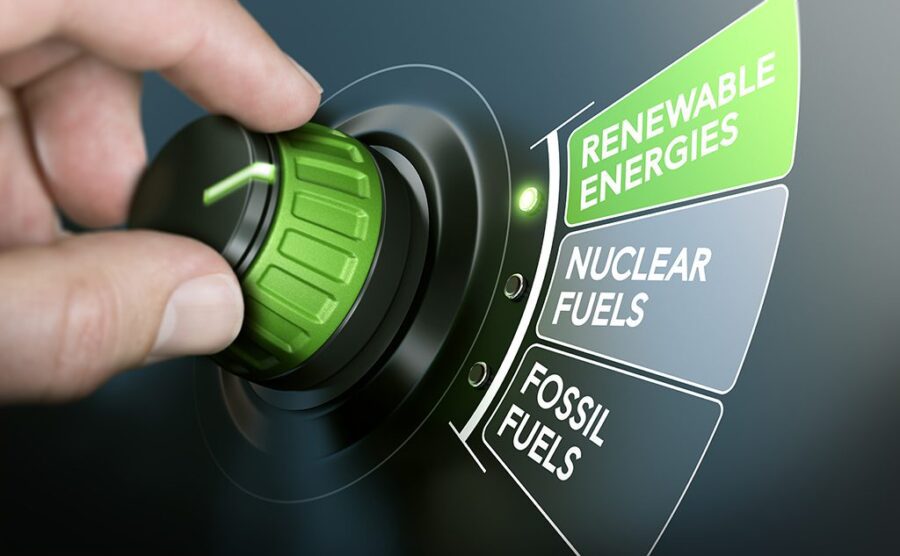
Climate Change, as an extension or corollary Energy Transitions, is undoubtedly one of the most critical issues that merit urgent and serious attention from policymakers, scientists, and governments across the globe. However, before looking for solutions, it is equally important to define and frame the problem in the most realistic and unbiased way to ensure the holistic nature of the solution(s). There are many issues with how the problem of energy transitions is being portrayed lately. We are already against the clock. False narratives will only exacerbate the climate crisis by delays and inconsistencies inherent in the proposed solutions.
The starting point is in defining the word itself. As Vaclav Smil, energy doyen of the 21st century, puts it (in his book titled Energy Transitions), using “transition” (singular) is not correct as it is almost equivalent to proposing a linear modernization narrative in terms of energy. Replacing it with “transitions” depicts that we understand the path dependency of energy transitions and realize that different countries and regions will have to define their ways for Net Zero. We should problematize the linear modernization narrative. This also relates to the idea of the Anthropocene, the proposed period when the human activity started to affect our ecosystem adversely. The problem with using this term is that it assumes humanity is a collective and the subsequent carbon emissions absolve those whose contribution weighs much more than others. However, in reality, there exists an asymmetry. For example, energy usage in the British Empire or the U.S. cannot be compared to that in South Asia. The asymmetry persists even to this date.
The United States and China account for about 44 percent of CO2 emissions, albeit China emits more than 27 percent of global CO2 emissions. However, the U.S. leads the way on a per capita basis – important as the U.S. population is 4.35 times less than China’s! On an aggregate basis, the U.S. has emitted more than China over the past 300 years and has the largest historical emissions (20 percent of the global total). The emission discrepancy between the richest and poorest, developed and undeveloped, is shocking. The graph below illustrates this, showing energy usage per person.

A report by Oxfam, Carbon Inequality in 2030, mentions that the emissions by top 1 percent are expected to be 30 percent higher than what is required to attain 1.5⁰C by 2030. Moreover, by 2030, the emissions by the top 1 percent – roughly 80 million people – will be 25 percent higher versus 1990. Showing no sign of abatement. Another recent report by U.N. stresses that the richest need to cut down their carbon footprint by 97 percent and that the top 1 percent – almost 70 million people – are responsible for 15 percent of total emissions, which is more than the bottom 50 percent – 3.5 billion people!

The Oxfam report highlights a startling observation. The top 1 percent need to cut their emissions by 97 percent between 2015 – 2030, whereas they are set to cut only 5 percent in reality. The poorest 50 percent will register an increase of only 17 percent when even a 200 percent increase will still render their emissions compatible with the 1.5° C goal!
These facts and figures speak volumes about our current definition of the problem and its narrative. First of all, techno-determinism (reliance on technology) will not help us achieve “green growth” (see graph below). We need decades (or a century) for these technologies to achieve the scale to have an impact. Also, how will the issue of financing be resolved for the developing world? Furthermore, how can the developing world wean itself off coal when energy and lives depend on its usage?
The current Energy Crisis in Europe has the developed world scrambling to secure coal. In developing countries where about 2.7 billion poor people still rely on biomass for cooking and where 1 billion people still live without electricity, the expectation that they will shift to renewable energies (with inherent limitations) is wishful thinking. The boilerplate solutions will not work for a significant part of the world, and this is crucial as, according to EIA, energy demand will increase by 50 percent by 2050, with the most demand coming from Non-OECD countries.
Instead of homogenizing the problem, we need to redefine it by focusing on those 70 million people or those 100 companies responsible for 71 percent of emissions. We need a new narrative that doesn’t pitch humanity as a collective but as certain regions, countries, groups, and entities and hold them accountable. We need, therefore, tailored solutions. The matter is urgent. As per our current rate of emissions, only 22 years are left before we the world, reach 1.75 degrees.
The sooner we redefine the problem and reframe the narrative, the better we move toward practical, viable, holistic solutions.

